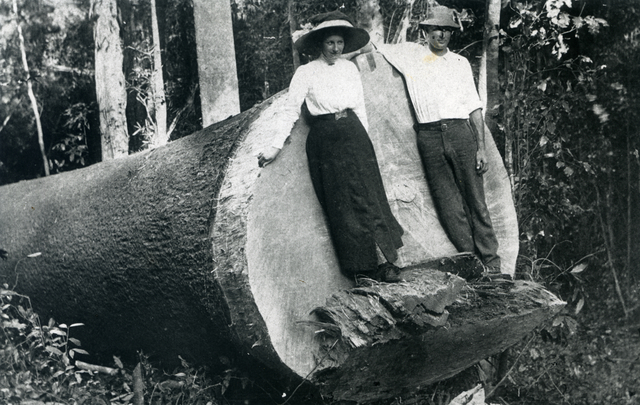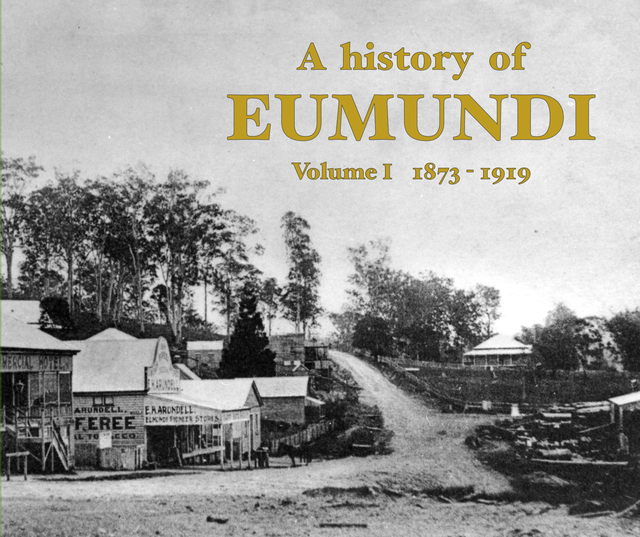
Hardworking Eumundi Museum director Joe Hextall has compiled a fascinating new history of the one-time timber town’s pioneer days which will be published this week.
A History of Eumundi Volume I 1873-1919 will be launched at the museum on Thursday 13 June. The book is loaded with more than 100 fantastic photographs from the museum’s extensive collection, and covers the first five decades of the town’s European settlement.
The first selectors to reside permanently in the Eumundi district were Joseph and George Gridley in 1879. A wave of new selectors began to arrive and 47 selections were taken up by 1885. The first road through the district was a dray road, which was marked and cleared immediately after gold was discovered further north at Gympie in 1867.
In 1882 a portion was surveyed for streets and for the sale of blocks of land. This became the town of Eumundi, named for a famed Kabi Kabi warrior, and lots were first offered for sale in 1890. By 1900, shops started to appear, streets were formed and the town businesses developed.
The town’s characters are brought to life through the periods of the timber industry, the arrival of the railway, the immigration of the dairy farmers from NSW, the commercial expansion, and into and through the First World War. Museum director Hextall has built the volume by combining the museum’s own research over the past 50 years and the contemporary newspapers of the day. It will be available for $30 at Eumundi Museum and other shops in Eumundi and across the coast.
A History of Eumundi will be launched on 13 June 6-7pm at Eumundi Museum. Please RSVP to hello@eumundimuseum.org for catering purposes.







